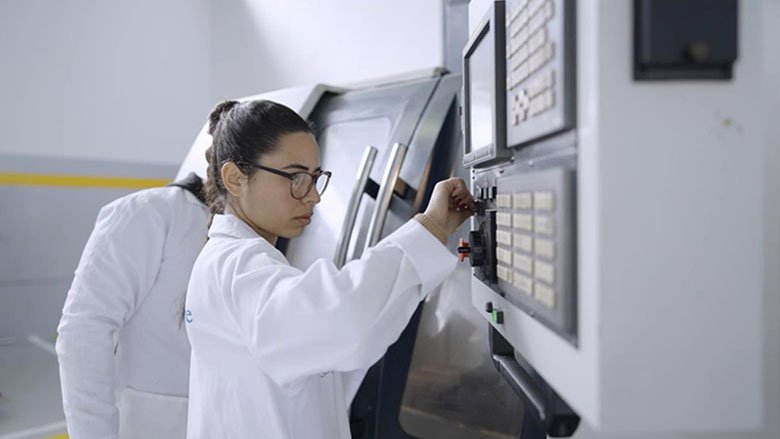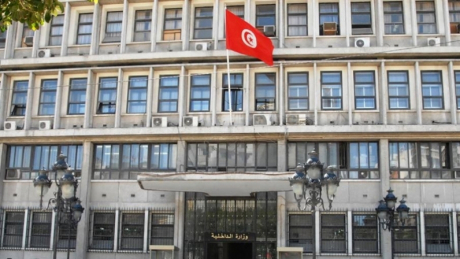Innovation Without Absorption: Tunisia’s Knowledge Economy Stalls at the Gate

Tunisia has long been hailed as a regional leader in education and scientific output. With 13 public universities, a vibrant youth population, and proximity to European markets, the country seems poised to thrive in the global knowledge economy. Yet behind the façade of academic excellence lies a troubling reality: Tunisia’s innovation engine is sputtering
Despite decades of investment in research and development, the country struggles to convert knowledge into economic growth. The problem isn’t a lack of ideas it’s a failure to absorb and apply them
A System Rich in Knowledge, Poor in Impact
The DIRASA initiative, launched under the Erasmus+ program, is Tunisia’s most ambitious attempt to reform research governance. It brings together universities, ministries, and international partners to train staff, improve strategic foresight, and boost access to global research funds
But the results have been sobering. A recent study found that domestic R&D intensity has no significant impact on productivity growth. Foreign technology transfer, once seen as a shortcut to modernization, is hampered by weak absorptive capacity and fragmented governance
Abdelwahed Mokni, President of the University of Sfax, emphasized that scientific research should serve a broader societal purpose rather than remain confined to academic prestige. He underscored the importance of translating research outcomes into tangible benefits for the community
Industry and Academia: A Relationship on Paper
Tunisia’s innovation ecosystem suffers from a chronic disconnect between universities and industry. While formal agreements exist, real collaboration is rare. A study of Tunisian pharmaceutical firms revealed that partnerships are often short-term and limited to internships or equipment sharing
The PR2I 2025 program, launched by the Ministry of Higher Education, aims to bridge this gap by funding applied research in key sectors like renewable energy, digital transformation, and circular economy. But with public R&D spending stuck at 0.62% of GDP, far below the OECD average, the program faces an uphill battle
Innovation Outputs Outpace Inputs
According to the Global Innovation Index 2022, Tunisia ranks 8th among lower-middle-income economies. Interestingly, its innovation outputs such as scientific publications and patents are stronger than its inputs, like infrastructure and investment
This imbalance suggests that Tunisia’s researchers are producing valuable knowledge, but the system lacks the mechanisms to translate it into commercial or societal value
Absorptive Capacity: The Missing Link
At the heart of Tunisia’s innovation dilemma lies a concept known as absorptive capacity the ability of firms and institutions to recognize, assimilate, and apply new knowledge. Studies show that Tunisian companies often rely on adoption and imitation, rather than original innovation
A 2023 survey of 92 Tunisian firms found that knowledge acquisition boosts innovation only when paired with strong absorptive capacity. Without it, even the best ideas remain trapped in academic silos
What Needs to Change
Experts say Tunisia must rethink its approach to innovation. That means
Decentralizing research funding to empower regional universities
Creating national technology transfer networks to commercialize academic research
Embedding innovation in industrial policy, especially for SMEs
Aligning education with market needs, focusing on digital and soft skills
The Triple Helix model, a framework for collaboration between universities, industry, and government is gaining traction. But implementation remains patchy
A Race Against Time
Tunisia’s youth unemployment remains stubbornly high, and traditional industries like textiles and agriculture are losing ground. Without a functioning knowledge economy, the country risks falling further behind in a world driven by innovation
The challenge is clear: Tunisia must not only produce knowledgeit must learn to absorb it
Malek Chouchi




